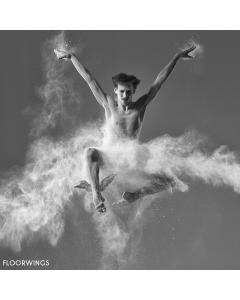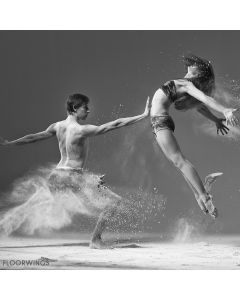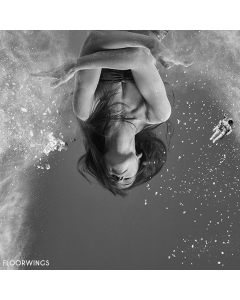Your dance flooring for ballet halls, dance rehearsal rooms, dance schools and other permanent dance rooms.
Here you will find all the FLOORWINGS dance floorings that are suitable for permanent installation in your dance rehearsal room or ballet hall.
Do you want to know which dance flooring is best for your dance style? Then click on "Find your dance floor" in the bar at the top. Below the product description, you will also see a table that shows exactly how suitable the dance flooring is for your needs.
What are the properties of dance floorings that can be installed permanently?
If you want to have a dance flooring installed in your dance rehearsal room, dance school or another room specialized for dance, this is often a significant investment. So, it is no surprise that you should expect to be able to pursue your passion on a permanently installed dance flooring for many years to come. That is why all our permanently installed dance floorings must fulfil a wide range of technical criteria. In addition to the general requirements for a dance flooring, such as damping behaviour and sliding friction, this also includes dimensional stability, resistance to chemicals, defined elasticity properties after long-term loads such as furniture legs and resistance values to dragging and rolling loads.
As a result, we can confidently provide a 5-year guarantee for your properly installed FOORWINGS dance flooring.
Who installs FLOORWINGS dance floorings and what should be considered before and during the installation?
You can have our experts install your FLOORWINGS dance flooring. They have extensive experience installing dance floorings both on sprung floors as well as directly on screed or wooden floors. Before the installation, an expert must in any case evaluate the subfloor and, if necessary, level out any unevenness or, in individual cases, resurface it. With a few exceptions, all dance floorings are monochrome. This means there is no pattern that might optically hide the surface irregularities of the subfloor. Therefore, it is absolutely necessary to perfectly prepare the subfloor before installation. The adhesive must be applied with a very finely notched trowel, the coarser marks of a notched trowel are clearly visible on the dance flooring surface. In addition, the dance flooring must be introduced into the adhesive bed extremely precisely and evenly and pressed on using rollers. This measure also helps to ensure that as few irregularities as possible are visible on the surface.
Please note that installing dance floorings is always manual labour and even with the greatest care, smaller irregularities are always visible, especially when viewed from the side. The more experienced the installer is with handling dance floorings, the more beautiful your dance rehearsal room, dance school or ballet hall will be.
What is the purpose of welding dance floorings?
Fixed dance rooms such as ballet halls, dance rehearsal rooms and dance schools must be cleaned regularly. The best way to do this is wet cleaning with the addition of appropriate cleaning agents such as the Antistat or Bison cleaner from our product range. The joints must be sealed to ensure no moisture or even wetness can penetrate under the dance flooring. This is called welding. Welding the dance flooring is therefore a process that takes place after the fixed installation (gluing). In contrast to the welding of iron or foils, for example, the strips are not connected to one another in a force-fitting manner, but only the distance between the strips is made watertight./p>
Dance flooring or dance carpet?
From a technical point of view, a carpet is a floor covering that consists of fibres and therefore has a textile surface. In contrast, a floor covering that has a smooth, non-textile surface is referred to as flooring. Even if there are no dance floors made from textiles, in German the term dance carpet is used to refer to dance floors. The terms dance flooring and dance carpet are therefore synonyms for a flexible plastic dance floor.







